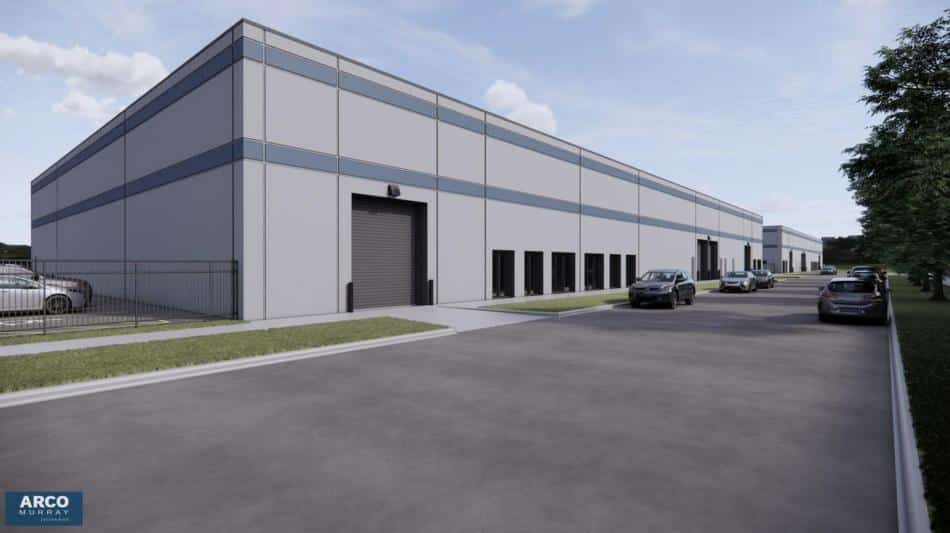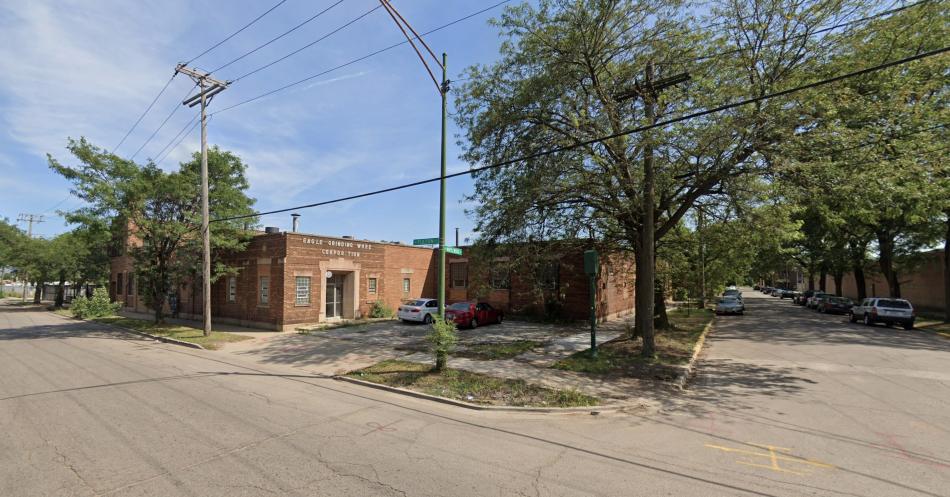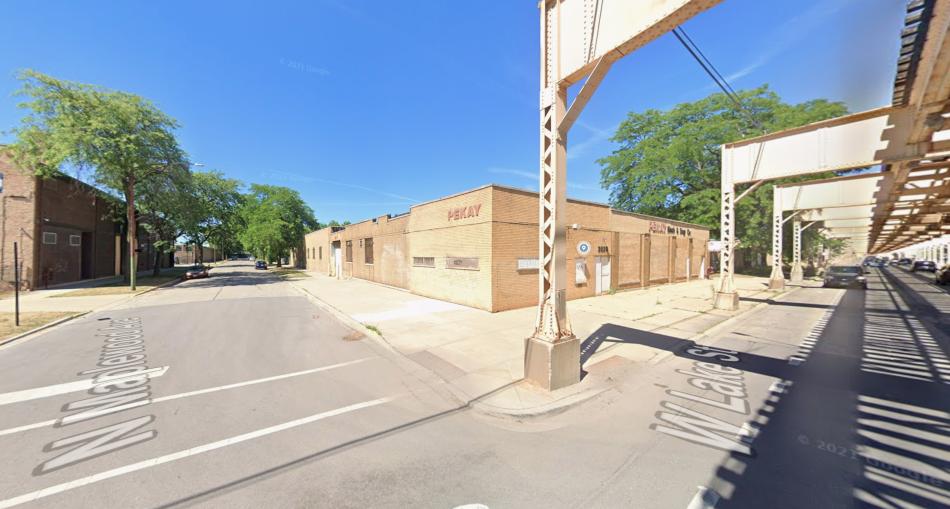What Fulton’s Next Development Means For Chicago Small Bay Industrial?
The Chicago industrial market continues to evolve, and the latest planned development at 2519 W Fulton Street is a prime example of how small-bay industrial spaces are becoming a hot commodity. With two buildings planned to bring modern industrial space to the area, this project signals a shift in how businesses and investors perceive the value of small-bay spaces in an increasingly competitive environment.
A Closer Look at the 2519 W Fulton Project
According to Urbanize Chicago, the proposed development will consist of two industrial buildings designed to accommodate small to mid-sized businesses looking for quality Chicago industrial space in a prime location. Situated in the Kinzie Industrial Corridor, the project aligns with the broader trend of infill industrial developments catering to logistics, light manufacturing, and last-mile distribution.

Unlike the massive warehouse parks commonly seen in the suburbs, this development highlights the growing demand for Chicago industrial space within the city limits. With industrial vacancy rates at historic lows and businesses competing for well-located properties, the push for small-bay infill projects like this is a clear response to the market’s evolving needs.
Why Small Bay Industrial Space Matters
Historically, the Chicago industrial market has been dominated by large distribution centers and massive warehouses. However, the rise of e-commerce, last-mile logistics, and specialized manufacturing has shifted demand toward smaller, more flexible spaces. Small-bay industrial properties—generally under 50,000 square feet—allow businesses to operate within the city, reducing transportation costs and improving access to the urban workforce.
The 2519 W Fulton project is part of a larger movement toward maximizing underutilized land in urban settings. With limited available land for new development, infill projects provide a sustainable way to meet demand without sprawling into suburban or rural areas. This is particularly important in a city like Chicago, where proximity to major highways, rail lines, and a skilled workforce is critical for industrial tenants.

The Impact on the Chicago Industrial Market
Developments like this have a ripple effect across the Chicago industrial market. First, they create opportunities for smaller businesses that might otherwise be priced out of industrial space. Unlike large-scale distribution centers that require significant capital investment, small-bay industrial properties offer more accessible leasing options for growing businesses.
Second, this type of project drives continued investment in Chicago’s industrial corridors. As more developers recognize the value of urban industrial infill, we can expect to see increased competition for available land. This will likely push industrial rents higher, making it even more important for businesses to secure space before prices climb further.

Third, projects like 2519 W Fulton provide a solution for industrial users who need access to downtown Chicago and surrounding neighborhoods. Whether it’s a local manufacturer looking for a small production facility or a logistics company optimizing last-mile delivery, the demand for strategically located Chicago industrial space is only going to increase.
The Future of Infill Industrial Development in Chicago
As more businesses prioritize proximity over sheer square footage, the demand for small-bay industrial properties in urban locations will continue to rise. The challenge, however, is that available land is becoming increasingly scarce. Developers who can identify and repurpose underutilized sites—whether through new construction or adaptive reuse—will be in a strong position to capitalize on this growing segment of the Chicago industrial market.
The key takeaway from the 2519 W Fulton project is that small-bay industrial is not just a trend—it’s a fundamental shift in how industrial space is being developed and utilized in Chicago. While large-scale warehouse developments will always have their place, the increasing focus on urban infill projects signals a new era for industrial real estate in the city.
If you’re a developer looking for potential small-bay industrial properties, a user looking for hard-to-find sites, or you want to learn more about the potential in future Chicago infill developments, you can reach out to our Chicago Commercial Real Estate Agents.

